Statistical Programming and Data Management (SL_108)
About Study Course
Objective
Skills of the data analysis and management are critical to modern applied statistical research. The aim of the course is to introduce students to two statistical software tools used in biostatistics research: R and Jamovi.
Thus, the objectives of the course are:
• Introduce the students to the statistical programming and data management using R and Jamovi statistical software;
• Prepare students for computer work in other courses of the Biostatistics study programme.
Learning outcomes
1.• Know, select and use independently main programming principles in R and Jamovi.
• Use the database management principles in R and Jamovi.
• Learn and operate advanced programming elements such as conditional execution, cycles and customized functions.
1.After this course, students will be able to:
• Examine various types of data into the software and organize it for analysis.
• Complete data transformation and visualization with R and Jamovi.
• Write and use their own R functions to automate common tasks.
1.Students will be able to:
• Use qualitatively R and Jamovi software for statistical analysis in other biostatistics courses.
• Recognize the differences between R and Jamovi programs and choose the most suitable for their analysis.
• Profound their statistical programming skills independently, to perform research or analyse health-related data.
Study course planning
| Study programme | Study semester | Program level | Study course category | Lecturers | Schedule |
|---|---|---|---|---|---|
| Biostatistics | 1 | Master's | Required |



